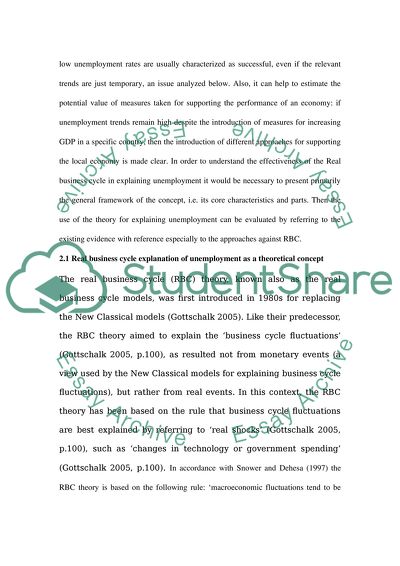Cite this document
(“Critically Assess the Real Business Cycle Explanation of Unemployment Essay”, n.d.)
Critically Assess the Real Business Cycle Explanation of Unemployment Essay. Retrieved from https://studentshare.org/macro-microeconomics/1432847-critically-assess-the-real-business-cycle
Critically Assess the Real Business Cycle Explanation of Unemployment Essay. Retrieved from https://studentshare.org/macro-microeconomics/1432847-critically-assess-the-real-business-cycle
(Critically Assess the Real Business Cycle Explanation of Unemployment Essay)
Critically Assess the Real Business Cycle Explanation of Unemployment Essay. https://studentshare.org/macro-microeconomics/1432847-critically-assess-the-real-business-cycle.
Critically Assess the Real Business Cycle Explanation of Unemployment Essay. https://studentshare.org/macro-microeconomics/1432847-critically-assess-the-real-business-cycle.
“Critically Assess the Real Business Cycle Explanation of Unemployment Essay”, n.d. https://studentshare.org/macro-microeconomics/1432847-critically-assess-the-real-business-cycle.


